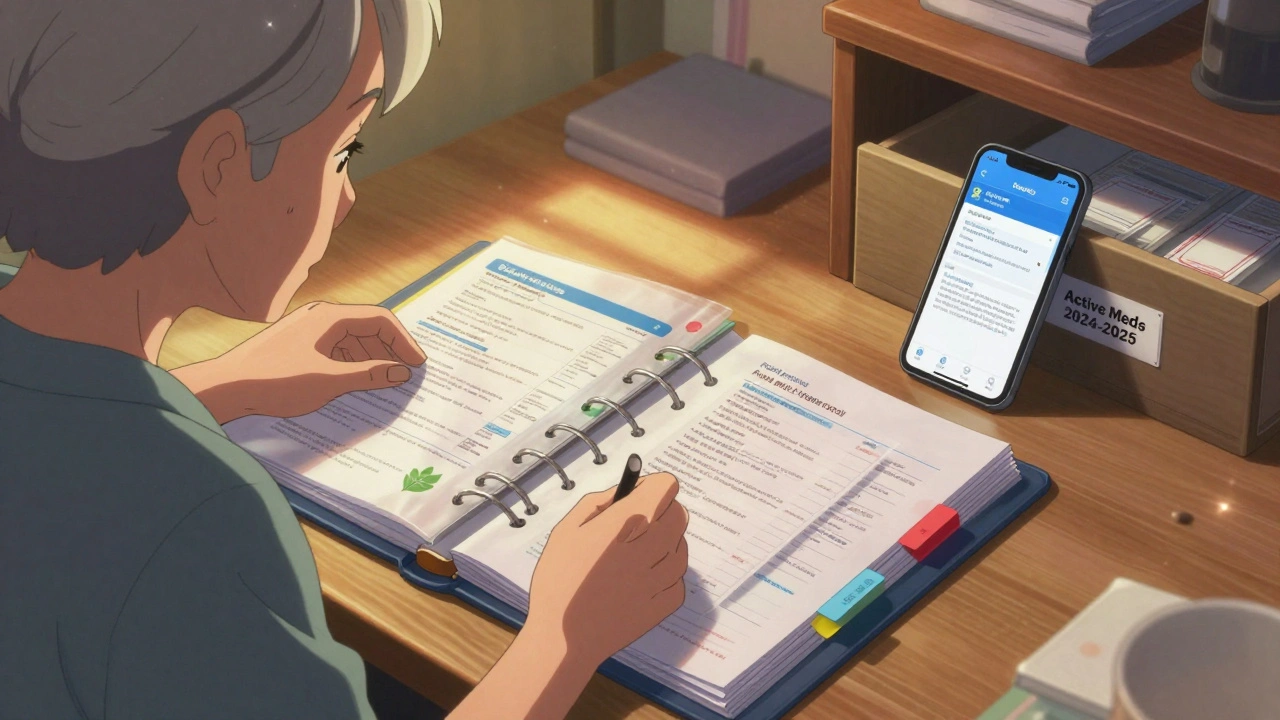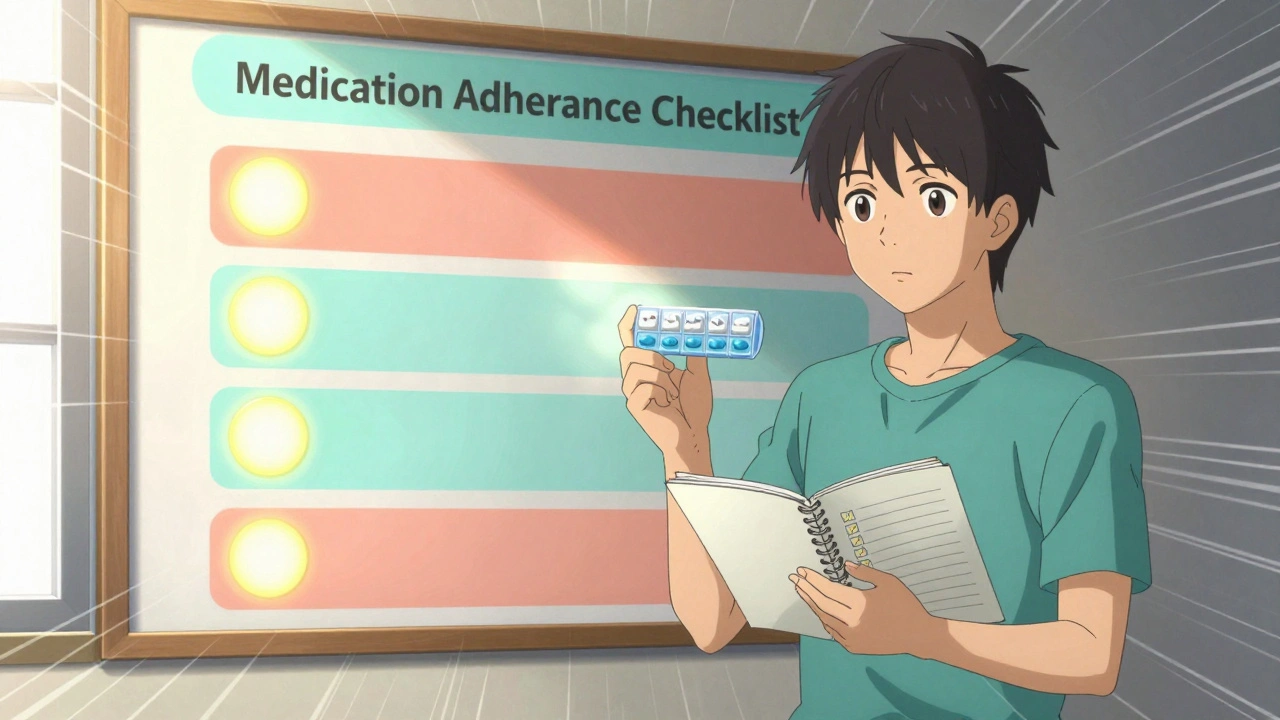Medication Storage: How to Keep Your Pills Safe and Effective
When you buy medicine, you’re not just paying for the drug—you’re paying for its medication storage, the conditions under which a drug remains stable, safe, and effective until its expiration date. Also known as drug storage, it’s the quiet rule that keeps your pills from turning into useless—or even dangerous—substances. Most people think if the bottle says "store at room temperature," they can just toss it on the bathroom counter. But that’s where things go wrong. Heat, moisture, and light can break down active ingredients. A pill that’s supposed to lower your blood pressure might lose half its power if it’s been sitting above 77°F for weeks. And that’s not theory—it’s what the FDA and pharmacy boards see every day.
Think about your temperature-sensitive medications, drugs like insulin, nitroglycerin, or certain antibiotics that degrade quickly outside strict ranges. These aren’t just "special" pills—they’re life-saving. Leave insulin in a hot car, and it won’t work. Store liquid antibiotics in a humid bathroom, and they grow mold. Meanwhile, childproofing, the practice of securing medicines out of reach of children and pets. Also known as safe medicine storage, it’s not optional. Every year, thousands of kids end up in emergency rooms because they found grandma’s pills in an unlocked drawer. Even if your meds are perfectly stored, they’re useless if a toddler gets to them. And don’t forget medicine expiration, the date after which a drug’s potency is no longer guaranteed. Many people assume expired pills are just weak. But some, like tetracycline or epinephrine, can actually become toxic. The expiration date isn’t a suggestion—it’s a safety line.
You don’t need fancy containers or climate-controlled cabinets. Just follow three basics: keep meds dry, keep them cool, and keep them locked. The bathroom is the worst place—steam from showers ruins tablets. The kitchen counter? Too much heat from the stove. A bedroom drawer, a sealed plastic container with a silica gel packet, and a lock or high shelf? That’s the sweet spot. If you take meds that need refrigeration, label them clearly so no one accidentally throws them out. And always check the label—not every pill is the same. Some need to stay in their original blister packs. Others can’t be moved at all.
Below, you’ll find real guides from people who’ve been there: how to store insulin while traveling, why your blood pressure pills stopped working after summer, how to tell if your antidepressant has gone bad, and what to do when your pharmacy gives you a new bottle with different storage rules. These aren’t theory pieces—they’re fixes for things that actually happen in homes, cars, and travel bags. You’ll learn what to do before the pill becomes useless—and what to do when it already has.
How to Separate Household Chemicals from Medication Storage for Safety
Learn how to safely separate household chemicals from medication storage to prevent poisoning, protect medicine effectiveness, and keep your family safe. Simple steps for every home.






